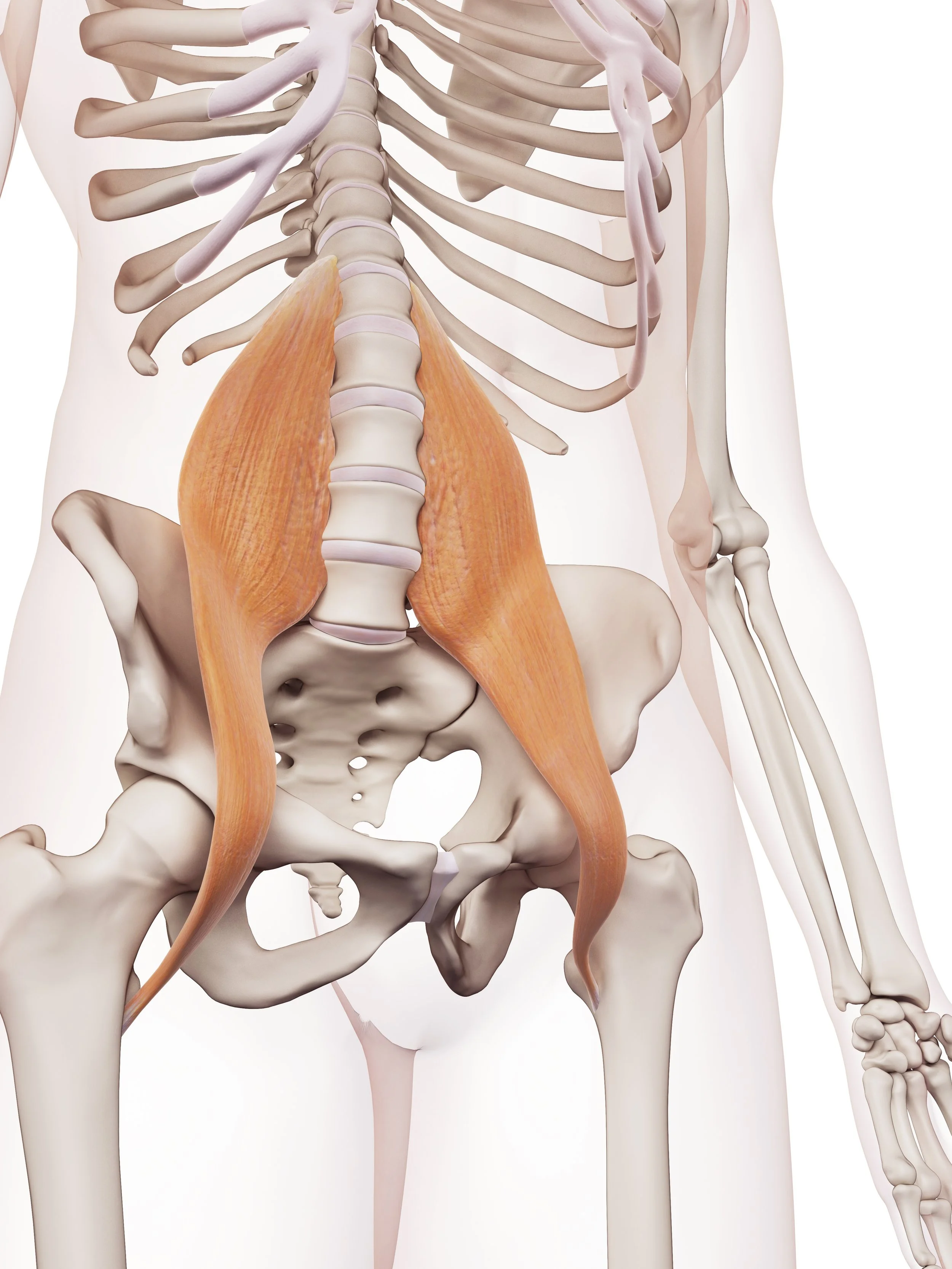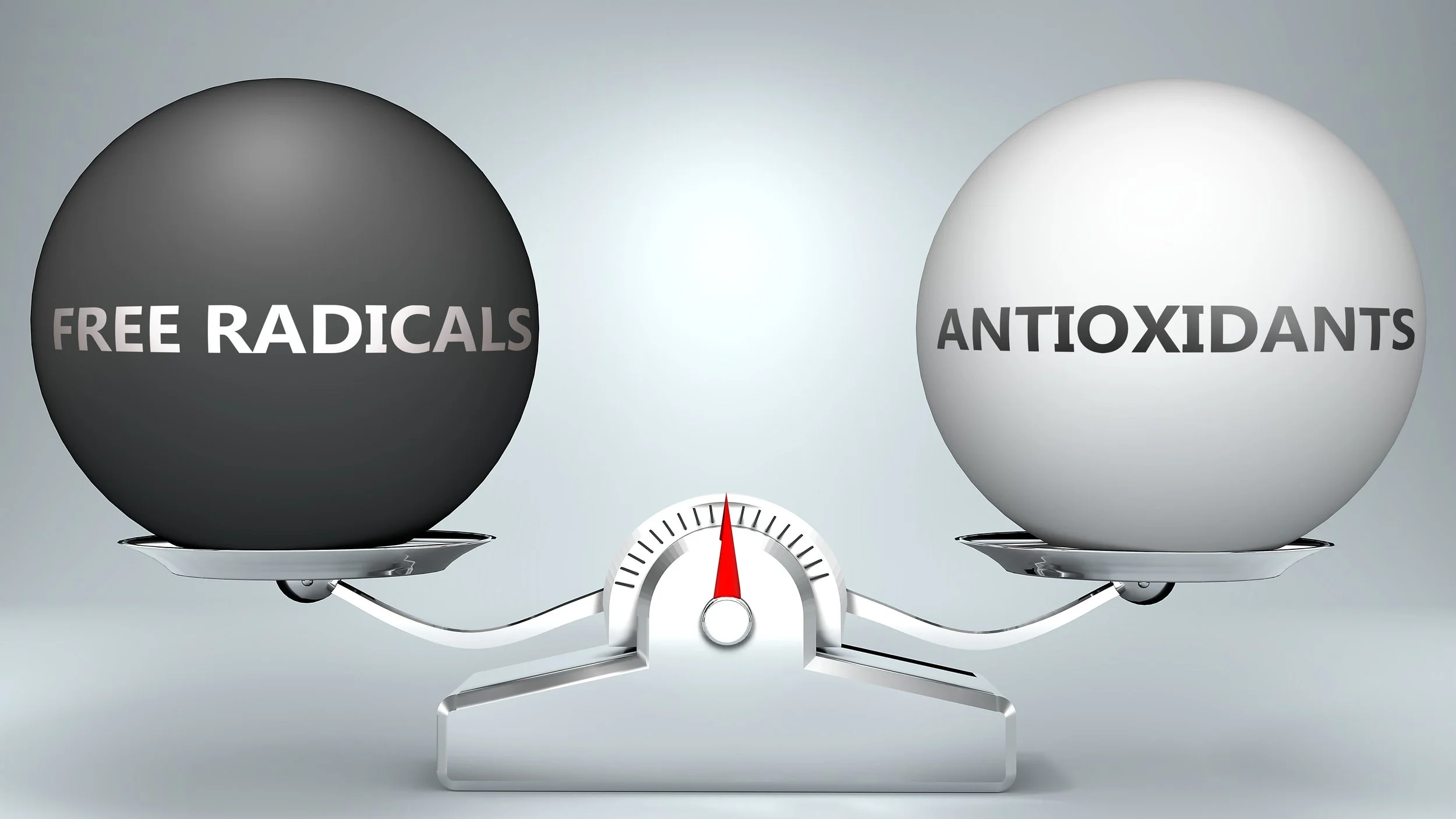As many folks head into the new year with the desire to reboot their health, there is a renewed interest in the concept and practice of “detoxification”.
The idea of periodic “cleansing”, “purging” to improve health is not a new one, however I would say there is a a lot of confusion about what it really means in sound biological terms, leaving a lot of folks reaching out for the wrong ineffective method at best , doing themselves some harm at worst.
The body’s mechanisms of detoxification are quite complex and varied, but for the sake of this blog entry, I am going to simplify them to try to give the average person a basic “one-size-fits-most” template. For some patients, however, a detoxification program will be individualized for emphasis on what toxic burden they are facing and what additional personal deficits they are trying to balance.
The toxic burden that our body has to keep up with on a daily basis includes both internal toxins (getting rid of old hormones for example) and external toxins (medication, environmental pollutants). Our body’s toxic burden is the balance between our toxic exposure and our toxic excretion.
For starters: If you want to “detoxify”, you need to include lessening your toxic load, otherwise trying to improve your toxic excretion is like scooping water out of the proverbial leaking boat. This include simple steps: cut out processed foods, alcohol, go organic when you can on your food items, body care products and household products.
The biochemistry of detoxification is complex, but here is the 10,000 foot view:
The first phase involves uploading toxins from the blood into the cytochrome enzymes, which are mostly found in the liver.
The second phase involves binding those toxins with another chemical group that allows it to be packaged into a form that can be excreted. (methylation, sulfonation etc.)
The third phase involves excretion of the packaged toxin through the bile salts into the stools, into the urine, and in smaller amounts through the skin and mucous membranes.
There are key nutrients that are necessary for the normal detoxification pathways to work:
The cytochrome enzymes are regulated by a lot of plant nutrients and some minerals. Hence many ingredients found in commercial “detox” supplementations (super greens, milk thistle, beet root etc).
The second phase requires a robust amount of high quality protein, including some sulfur amino acids.
The excretion in the intestines via bile salts requires clean fats (for bile salt production), a lot of fiber to capture bile salts and prevent reabsorption of toxins.
A healthy and diverse gut microbial flora is essential to capture toxins that enter our body through our mouth, as well as help discard of old bile salts.
Adequate hydration to ensure a normal filtration volume of urinary toxins.
Adequate levels of oxygen circulating in the blood. Much of our enzyme system is oxygen dependent.
While not technically a nutrient, adequate restful sleep. Many of the cytochrome enzymes are depressed with inadequate sleep no matter which supplements you take.
While not technically a nutrient either, there is lots of emerging evidence that exposure to natural light activates pathways in our subcutaneous tissues that may be really important for health, including detoxification (nitric oxide pathways).
The frequency of eating is also misunderstood. There is no benefit to grazing every two hours. Actually your GI does a better job at emptying out if you have 4-5 hours between meals, or if you practice various forms of intermittent fasting.
So if you are serious about “Detoxification” in 2021, you need to understand that your action plan needs to include more than just gulping down an expensive powder smoothie once a day. Look at all the elements above and include as many as possible in your action plan.
Clean eating 95% of the time. Eliminate toxins in your environment over which you have control.
A base of high quality plants with every meal. OK to supplement, but not replace with the appropriate nutritional support.
High quality diverse protein intake with most meals. This would include both animal and vegetarian sources. Try to stay with whole food sources whenever possible.
Enough food based fiber in your diet. Aim for 25 gr/day, no more than 10 in supplement form.
If you are at risk of probiotic deficit in your GI (medication side effect for example), consider adding probiotic foods, or supplements. Otherwise nourish your own gut bacteria with enough fiber every day.
Consider having three main meals and not plan on snacking unless you are hungry in between meals.
Stay hydrated with good filtered water, enough to keep your urine a pale yellow.
Make sure you get enough sleep, oxygen, and sunshine.







